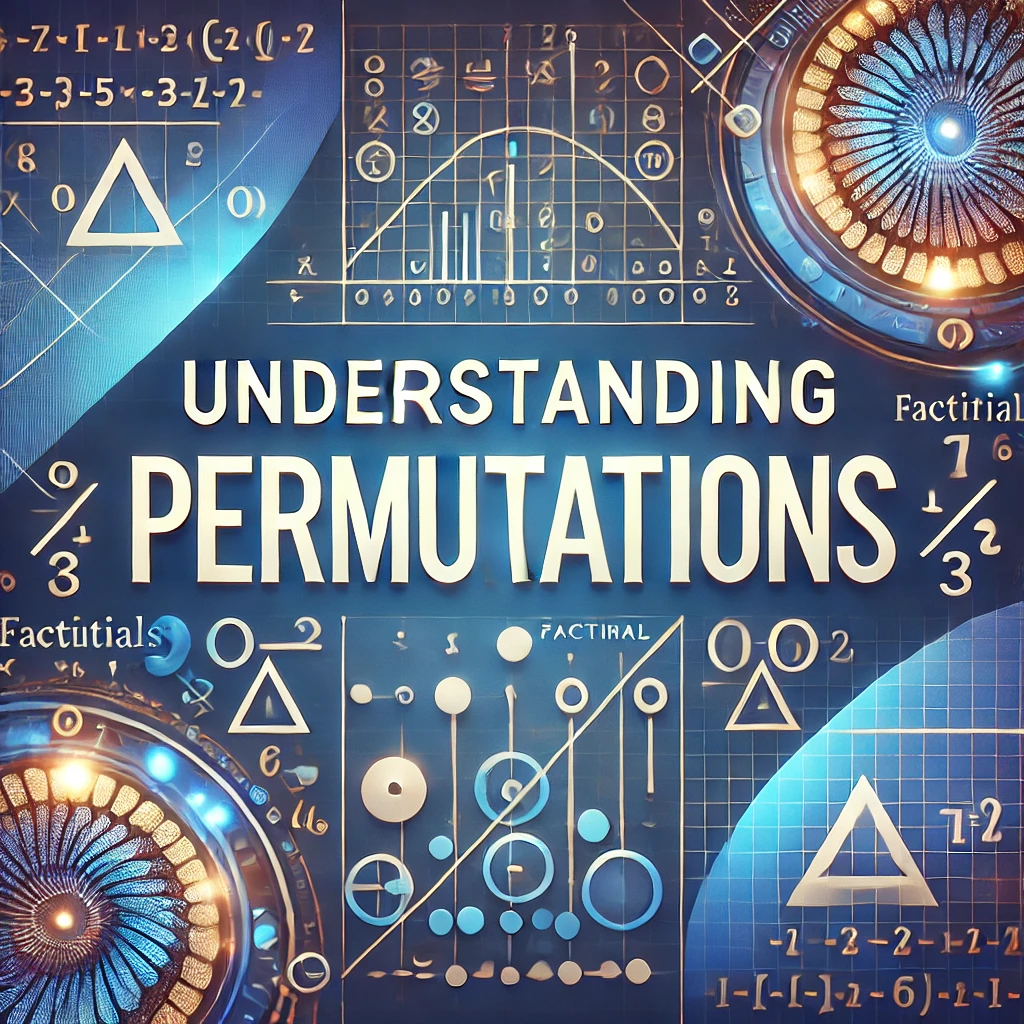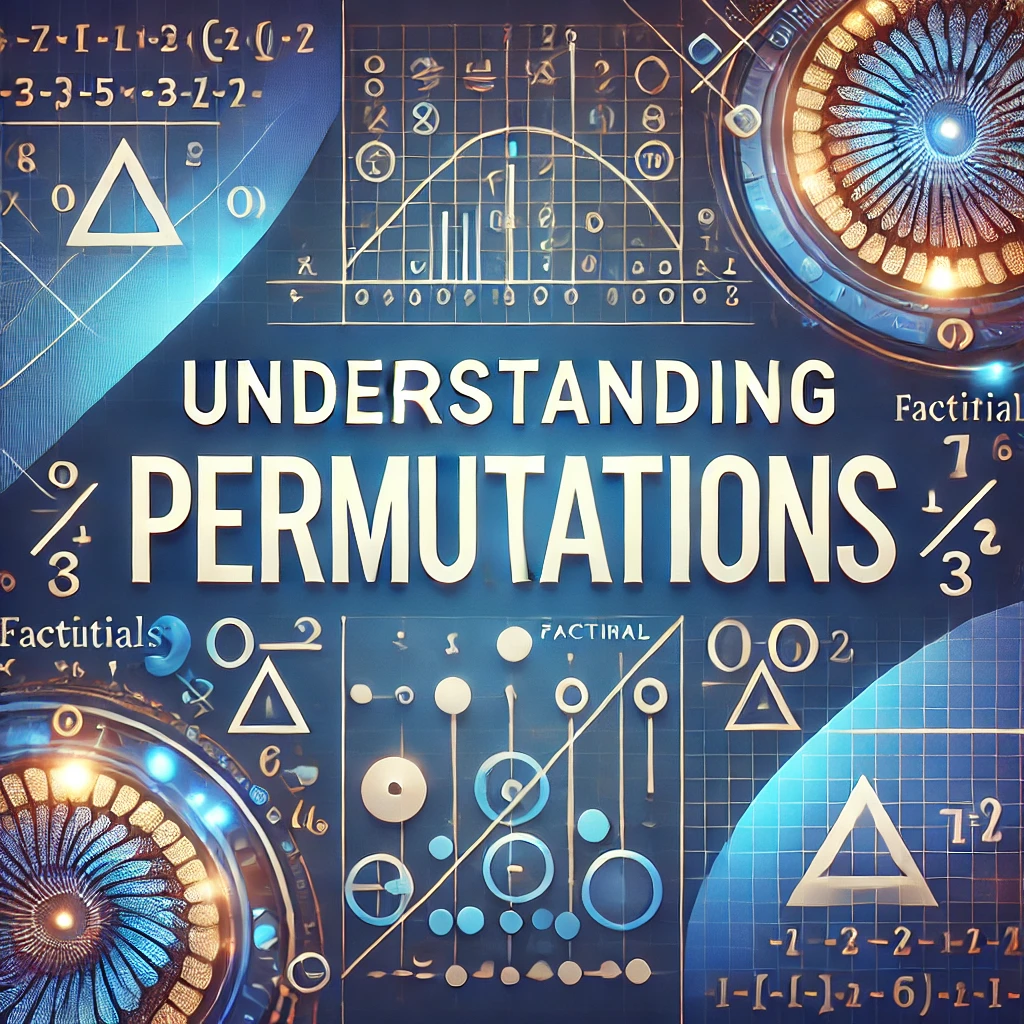Examples of Permutations
Examples from Permutations Data Science and A.I. Lecture Series By Bindeshwar Singh Kushwaha, PostNetwork Academy Example 1 How many 4-digit numbers can be formed by using the digits 1 to 9 if repetition of digits is not allowed? Solution: Total digits: 9 Required 4-digit numbers: \[ P(9, 4) = \frac{9!}{(9-4)!} = 9 \times 8 […]
Examples of Permutations Read More »






